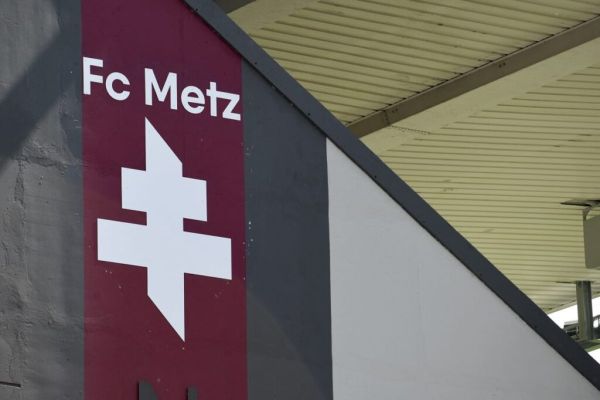
When Sephora made the bold decision to transition from its legacy Oracle ATG-based e-commerce system to a modern, microservices-powered platform built on commercetools, it was more than a technical upgrade it was a foundational shift in how reliability, scalability, and customer experience would be approached in the digital age.
This migration marked a new chapter in Sephora’s technological evolution. Moving from a monolithic architecture to a decoupled, distributed system required rethinking everything from performance monitoring to incident response. With customer expectations at an all-time high and digital sales channels driving substantial revenue, ensuring stability and availability became a top priority during and after the migration.
Redefining Reliability Engineering for a Cloud-Native World
As Sephora’s architecture modernized, so too did its operational challenges. Traditional methods of monitoring and support could no longer keep pace with the dynamic nature of microservices, APIs, and cloud-native deployments. What was once reactive had to become proactive. Reliability engineering had to evolve not just to detect and fix issues, but to predict and prevent them at scale.
This is where the transformation in Sephora’s Site Reliability Engineering (SRE) practices began to take shape. The new reality demanded unified observability, automated issue detection, and intelligent alerting systems that could serve as a nervous system for the entire platform.
The Architect Behind the Change: Kiran Thankaraj
At the center of this transformation was Kiran Thankaraj, a seasoned technology leader with over 17 years of experience in building and scaling SRE programs. Tasked with ensuring operational resilience during one of Sephora’s most significant digital overhauls, Kiran didn’t just adapt the company’s reliability engineering practices he reinvented them.
Kiran spearheaded the development of Watcha powerful, in-house observability platform designed to unify real-time telemetry from across the e-commerce stack. By integrating logs, metrics, traces, and business KPIs from tools such as Datadog, Splunk, Kafka, and various relational databases, Watch provided a single pane of glass into system health and customer activity.
More than a monitoring dashboard, Watch became the intelligence layer for Sephora’s SRE operations. It enabled engineering, product, and business teams to collaborate using shared, real-time data. Transactional anomalies, performance degradations, and emerging patterns could now be detected and addressed before they impacted the customer.
From Firefighting to Forecasting: Custom Anomaly Detection
Kiran’s vision didn’t stop at observability. Recognizing the need for proactive resilience, he led the design of a custom anomaly detection engine tailored to Sephora’s unique traffic patterns and business workflows. Built to process streaming data at scale, the system could identify outliers in order volume, latency, conversion rates, or even vendor response times often before they triggered downstream failures.
This shift from reactive incident management to predictive reliability dramatically reduced Mean Time to Detection (MTTD) and Mean Time to Recovery (MTTR), while also enabling more strategic capacity planning and release cycles.
Operational Excellence Through Intelligent Automation
In parallel, Kiran championed the use of automation to eliminate toil and streamline operations. From failover orchestration to dynamic scaling and automated remediation, these initiatives not only improved system resilience but also freed engineering teams to focus on innovation. His commitment to balancing system performance with cost efficiency brought measurable savings and operational agility.
A Culture of Reliability, Rooted in Strategy
Beyond the tools and frameworks, Kiran’s leadership helped cultivate a reliability-first culture across the organization. His emphasis on error budgeting, postmortem transparency, and continuous improvement has influenced engineering norms far beyond the SRE team itself.
What makes his impact particularly significant is not just the technology he delivered but the strategic mindset he brought to it. Kiran’s approach exemplifies how reliability engineering, when aligned with business outcomes, becomes a competitive advantage rather than a reactive cost center.
Conclusion: Building Resilience for the Future of Commerce
As commerce platforms grow more complex and customer expectations continue to rise, the role of reliability engineering has become mission-critical. Kiran Thankaraj’s work at Sephora demonstrates what’s possible when technical mastery meets strategic foresight. By redefining observability, championing automation, and embedding reliability into the DNA of a modern retail ecosystem, he has not only safeguarded Sephora’s digital transformation but set a new benchmark for operational excellence in the industry.
In an era where performance is brand reputation, and downtime is lost revenue, Kiran’s contributions exemplify the forward-thinking leadership needed to keep digital commerce resilient, adaptive, and always customer-ready.
-
SHRAVAN 20255: Fast on the day of fasting, make a instant sweet shell, note the recipe

-
BSNL takes on jio, vi and airtel; Offers plan with unlimited calling and 2GB data at Rs …; Check Validity | Technology news

-
Good news for Windows 11 users, Microsoft launches new system

-
Norwich reach agreement with Metz over Papa Amadou Diallo

-
Toluca Tops América to Claim Champion of Champions Title
